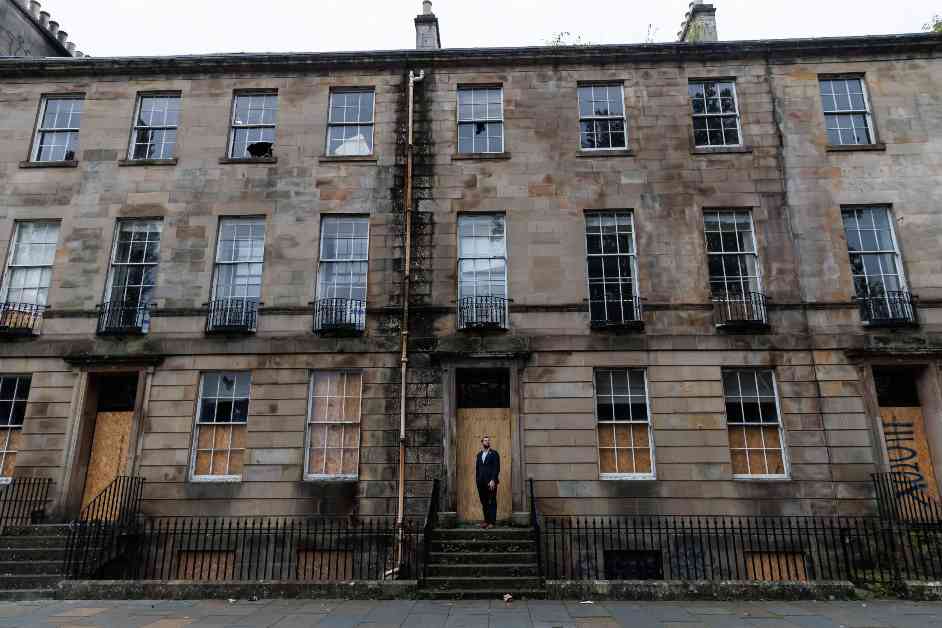Glasgow’s beautiful buildings on the south bank of the Clyde, particularly in Carlton Place, have been neglected for far too long. The South Portland Street Suspension Bridge, a Category A-listed structure, is a prime example of this neglect. Despite its historical significance, the bridge has fallen into disrepair, with only a quarter of its LED lights working and graffiti covering its surfaces.
Paul Sweeney, a Glasgow Labour MP, has been vocal about the need to preserve the city’s architectural treasures. He points to buildings like the former Prince and Princess of Wales Hospice, which have been left to decay. The neglect of these buildings not only harms Glasgow’s cultural heritage but also poses safety risks, especially for vulnerable young people who may be drawn into dangerous situations.
Sweeney advocates for a revitalization effort similar to the Miracle of the Merchant City, where historic buildings were repurposed into desirable residences, attracting residents and businesses to the area. He believes that a similar approach could transform Carlton Place into a thriving neighborhood with venues, pubs, and restaurants.
The story of Annie’s Loo, a tenement dwelling in Govan that was rehabilitated in the 1970s, serves as a beacon of hope for the potential transformation of neglected buildings. The success of this project marked the beginning of community-based housing associations in Scotland and showed that historic buildings can be preserved and repurposed rather than demolished.
As Glasgow grapples with the challenge of preserving its architectural heritage, there is a sense of urgency to take action before these buildings are lost to decay and neglect. By learning from past successes and investing in the revitalization of neglected areas like Carlton Place, Glasgow can ensure that its rich history and architectural legacy are preserved for future generations.
































